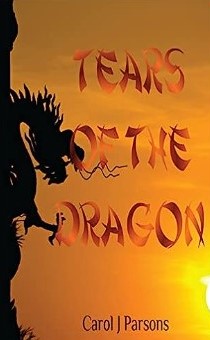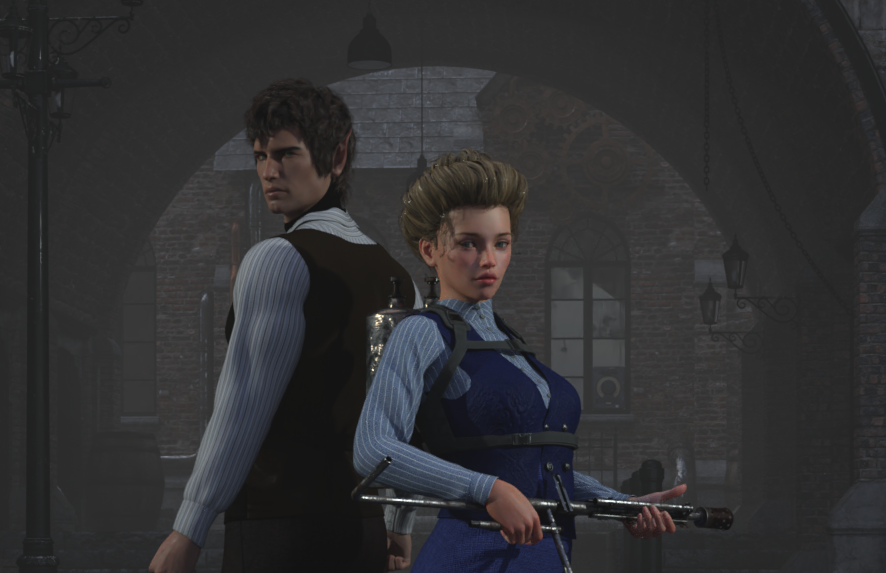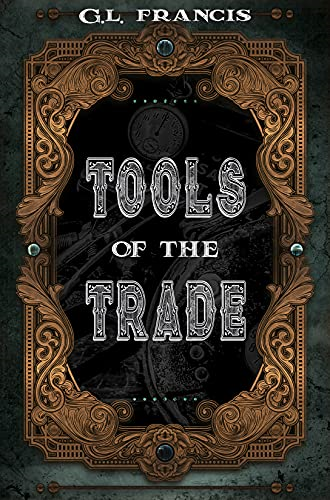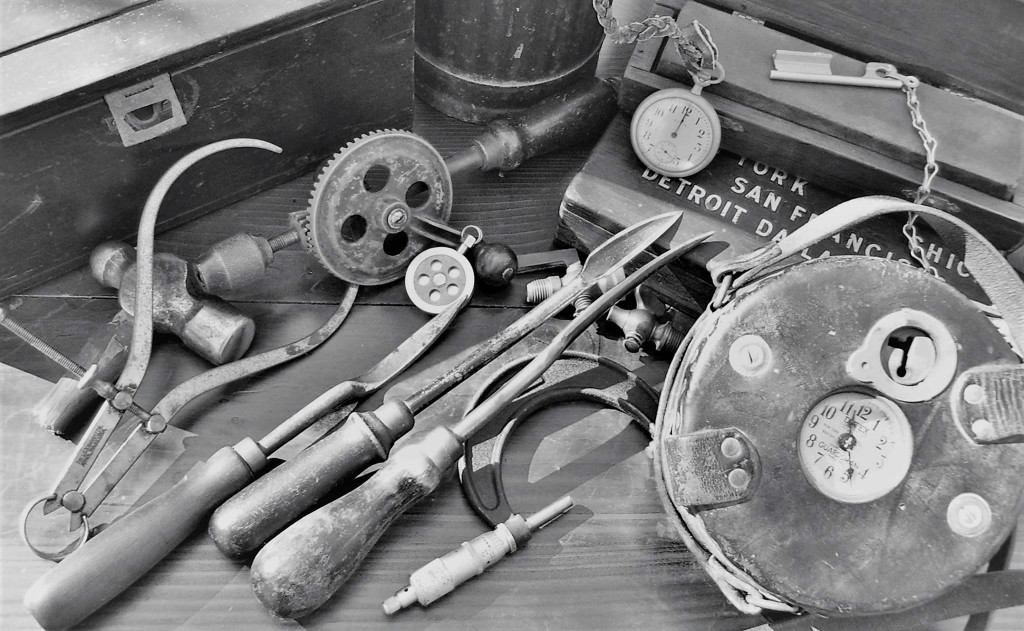Once Upon a Time…
In an ancient Japan, Michiri undertakes a dangerous task: righting a long-ago wrong to bring peace to the warring kingdoms of the Laughing Rains and the Iron Mountains.
As a blurb, it sounds so simple, yet since buying Tears of the Dragon ~one year ago, I’ve re-read it four times & felt moved to review it. From among my favorite genres, it blends two of them: fantasy & Asian literature. In length, it’s a work near the shifting border between novel & novella, short enough to read in an evening. The writing is lovely, at times even lyrical, & Carol nailed that sweet spot between description lush enough to bring the characters/world to vivid life and moving the story forward at a brisk pace with a skilled sprinkling of romance as well.
Though the daughter of the Laughing Rains Emperor, Michiri is no passive & fragile princess dreaming of rescue. Despite restrictions common for her era, culture, and Imperial position, she makes decisions and takes action, risking all, even her life, to transform lives for others as well as for herself.
Asian lit—yes. Fantasy—yes. Beautiful writing—yes. But each of those qualities alone or in combination is rarely enough for me to justify more than a second reading of any work.
What else keeps bringing me back to it?
To borrow a German term for this Japanese tale, Tears of the Dragon is a märchen. It’s an artistic, literary folk/fairy tale, a tale of adventure and wonder exploring the light and dark of external and internal truths rather than the often-bowdlerized tales meant for children. Carol draws bits of history, culture, epics, myths, symbols, etc. to create a fresh tale of an ancient Japan that never was (but should’ve been!).
Carol’s work deserves a place alongside those of such time-honored authors as Thomas Mallory (Le Morte d’Arthur), Hans Christian Anderson (“The Nightingale”, “The Snow Queen”, “The Tinderbox”, “The Little Mermaid” among others), Charles Perrault (“Blue Beard”, The Master Cat or Puss-in-Boots”, “Donkey-skin”, “The Sleeping Beauty in the Wood”, etc.), collected works of the Brothers Grimm and Lafcadio Hearn’s Kwaidan: Stories and Studies of Strange Things, more modern authors as J.R.R. Tolkien, C.S. Lewis, Terri Windling, Charles De Lint, Jane Yolen, and more.
I’ve read Tears of the Dragon four times and will do so again. And again.








